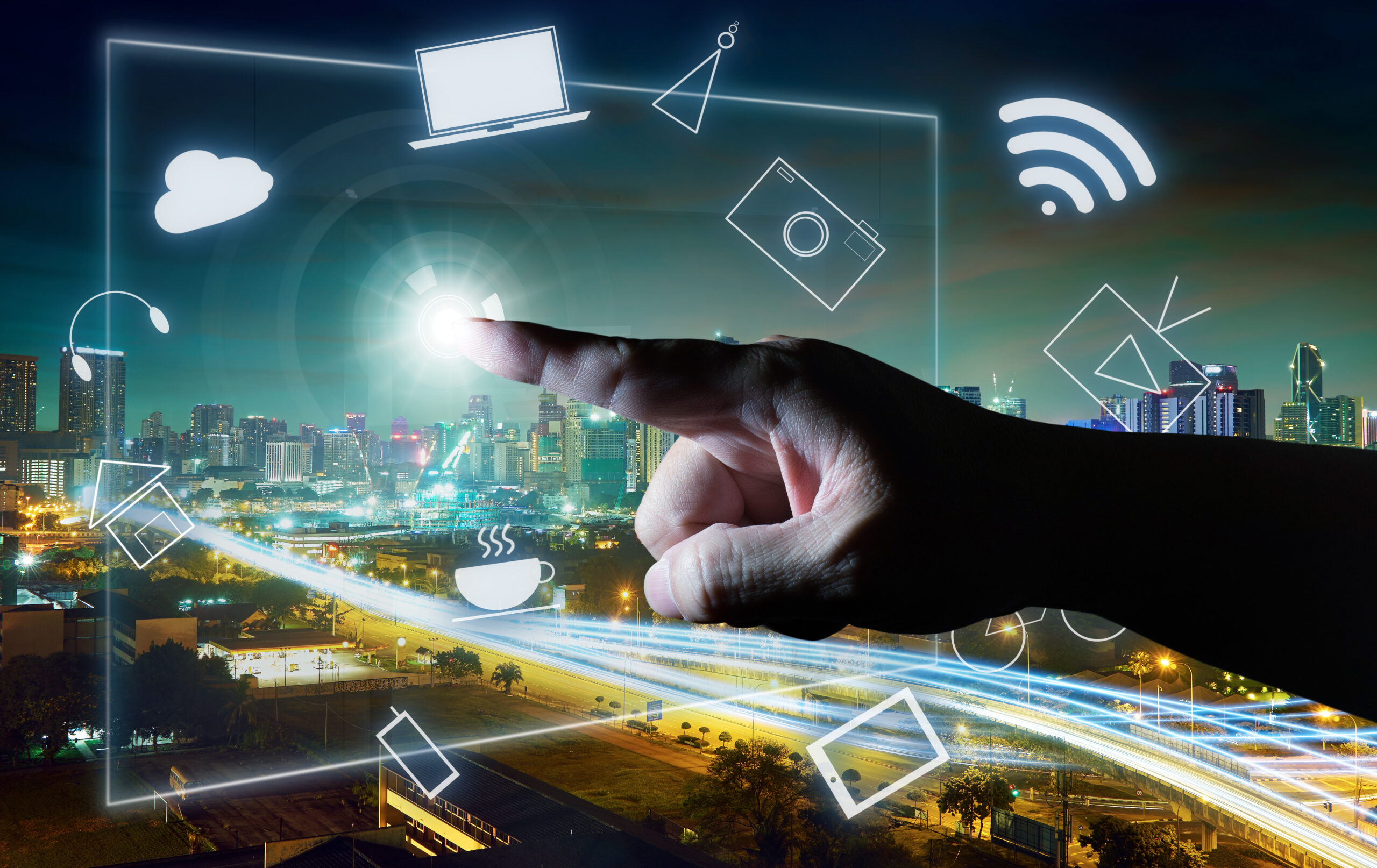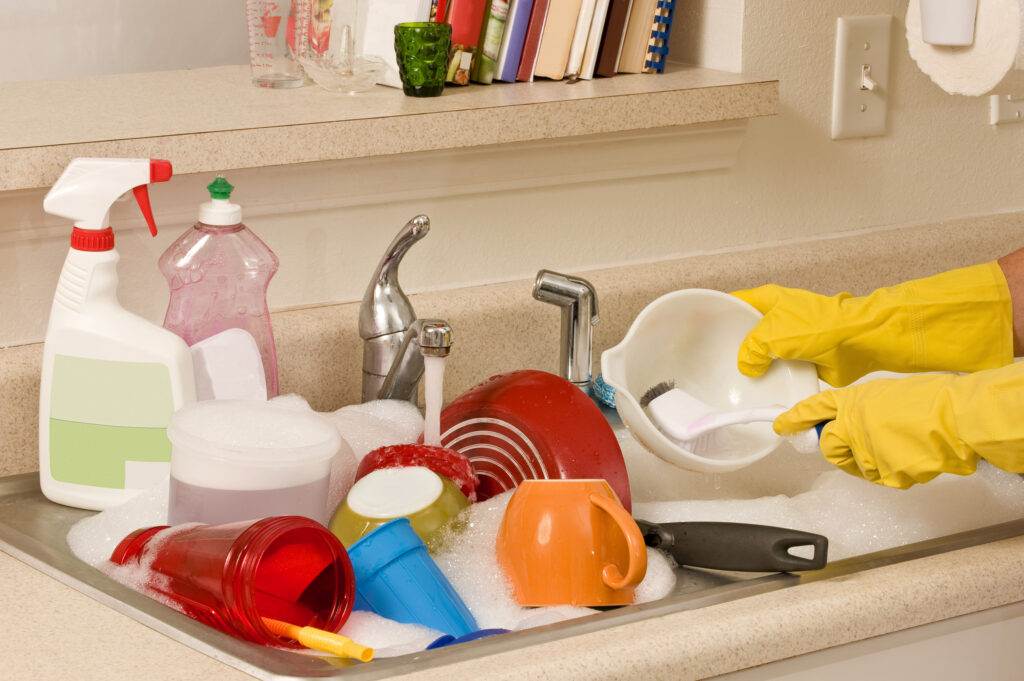The commercial cleaning industry has come a long way over the years, but it is still evolving at an unprecedented pace. With new technologies emerging every day and changing market demands, companies are constantly adapting to stay ahead of the game. In this blog post, we will explore some of the latest technology and trends that are shaping the future of commercial cleaning.
Technology has revolutionized many industries, including commercial cleaning. Companies are now using advanced equipment and software to streamline their operations and improve efficiency. One example of such technology is robotic vacuum cleaners that can navigate through complex spaces without human intervention. These machines use sensors to detect dirt and debris and then clean them up automatically. They not only save time but also reduce labor costs in the long run.
Another significant development in commercial cleaning technology is the use of green products. More and more businesses are opting for eco-friendly solutions to protect both people and planet. For instance, there are now biodegradable cleaning agents that break down quickly into harmless compounds, reducing environmental impact. Additionally, companies are exploring ways to minimize waste by recycling or repurposing materials like paper towels and plastic bottles.
Emerging trends are also reshaping the commercial cleaning landscape. One notable shift is towards sustainability and corporate social responsibility (CSR). Many organizations are recognizing the importance of going green and are adopting environmentally friendly practices as part of their overall strategy. This includes implementing energy-efficient lighting systems, conserving water resources, and promoting renewable energy sources.
Automation and artificial intelligence (AI) are also transforming the way we clean. Automated systems can perform routine tasks like mopping floors or scrubbing restrooms autonomously, freeing up staff to focus on higher value activities. AI-powered tools can analyze data from various sources to identify patterns and make predictions about maintenance needs, enabling proactive rather than reactive maintenance.
Finally, innovative solutions are being developed to address common challenges in commercial cleaning. For example, some companies are experimenting with ultraviolet (UV) light disinfection systems that kill bacteria and viruses on surfaces. Others are utilizing smart scheduling software that optimizes cleaning routes based on real-time traffic patterns, ensuring maximum coverage while minimizing disruption.
In conclusion, the future of commercial cleaning looks bright thanks to advancements in technology and emerging trends. As companies continue to embrace these changes, they will be able to provide better service while reducing costs and improving sustainability.


